2006 Mercedes Benz CLS-Class

| The Good: – Exotic head-turner – Loaded interior – Power and handling |
The Bad: – All models are pricey – Accelerator pedal feel – Rearward visibility |
The Mercedes-Benz CLS is a stunning car. We just had to say it out loud. The flowing lines and chopped top of this exotic-looking car had a truly profound effect on us. We got our hands on one for barely two days and we have come to believe that it is probably the most desirable model in the current Mercedes-Benz line-up. In our view, neither the flamboyant SL-Class nor the overblown SLR McLaren come close to matching this car in grace, even with four doors.
And there lies the uniqueness of the CLS–it has four doors. Yet it is billed as a coupe. It sure looks like a coupe, but Mercedes-Benz is wrong to assert that it is the world’s first four-door coupe. General Motors and Mazda already have more credible four-door coupes. The CLS is more of a sleek sedan. The CLS looks odd in pictures, but astounding in real life. It is a much more stylish alternative to its E-Class sibling, on which the CLS-Class is based. Much more than just a new body, the CLS-Class has more sporting pretensions than the comparatively conservative E-Class, with huge rims, low-profile tyres, massive brakes, tighter steering, and no engine choice below 3.5 litres.
Barring the exclusive AMG version, the CLS comes in two flavours–the CLS 350 and the CLS 500. The CLS 350 is equipped with the German marquee’s all-new 3.5-litre V6 engine, delivering a respectable 272 hp at a high 6000 rpm, and 350 Nm of torque from 2400 rpm to 5000 rpm. The more muscular CLS 500 offers a 5.0-litre V8 pumping out 306 hp at 5600 rpm, and a massive 460 Nm of torque from 2700 rpm to 4250 rpm. Either model comes standard with 7G-Tronic, a revolutionary seven-speed automatic gearbox with limited manual shift capability. Externally, the CLS 350 has 245/45 tyres on 17-inch rims, while the CLS 500 has 245/40 tyres on 18-inch rims. Interestingly, fuel economy is pretty decent for both models, with the 5.0-litre burning only slightly more petrol than the 3.5-litre.
The interior is wholly pleasant for the most part. Almost every interior panel at eye level is covered in rich leather, real wood or shiny chrome. Build quality is impeccable, but we did find flaws, such as excess cloth on one edge of the headliner and exposed wires under the front seat bottoms. The instrument cluster is a classic chrome-ringed three-gauge set, with a digital display within the central speedometer showing all kinds of sensor readings. The COMAND computer screen is set low in the centre console, utilizing buttons lining the sides of the screen instead of a touch screen. There are more buttons and switches in the CLS than in a Boeing 777. Many of these buttons were intuitive, but learning all the features of the COMAND computer would take days flipping through the thick instruction manual. The COMAND system includes excellent voice navigation, some controls for the amazing sound system and DVD player, and some other features. Our quick survey of potential middle-aged buyers revealed that most of them will not even use the computer for anything more than changing radio stations. While we tried to negotiate a longer test period, DaimlerChrysler’s refusal to give us the CLS for more than two days meant that we managed to experience only half of what COMAND, or the CLS in general, might be capable of. We also never found any cup holders.
Perforated leather seats with electric adjustment are standard for the driver and front passenger, with optionally available with active ventilation, or as a dynamic multi-contour seat that takes ages to get right when configuring the perfect seating position. The rear also has bucket seats, and for only two passengers, with a center console for storing small items. The firm seats are excellent at holding the occupants snugly while the CLS is being piloted aggressively through tight corners. Headroom is very little when compared to the E-Class, for obvious reasons. Very tall rear passengers may start to feel claustrophobic on a long drive, given the low roof and thin side windows. Blind spots are plentiful thanks to the thin side windows, thick rear pillars and small rear view mirrors, although the front and rear parking sensors help somewhat. The luggage trunk is long, but not very wide.
The rear-wheel-drive CLS handles amazingly well for such a heavy car. We believe its sports-car cornering prowess is good enough to rival BMW. While we did not feel any discernible difference between the normal and sport modes of the Airmatic suspension, the CLS grips the road like glue at any setting. Thanks partly go to the wide and sticky tyres that can take abuse with no squealing until insane triple-digit speeds are reached in tight curves. The car feels nearly flat, and seems to encourage us to go even faster. The standard stability system reliably kept us out of trouble at these cornering speeds. The ride is beautifully free of bumps, considering the sporty nature of the suspension. Comfort is a hallmark of Mercedes-Benz vehicles, and the CLS is no exception.
While the CLS 350 is reasonably quick, the CLS 500 is an absolute beast in a straight line. We found ourselves to be the fastest car on the road most of the time during our stint with the 5.0-litre monster. Power delivery is smooth and immediate, with the engine struggling to make itself heard through all the sound insulation, even at full throttle. The car accelerates rapidly even when already traveling at 120 kph. And thanks to its slippery shape, complete lack of wind noise and unwavering high-speed stability, it was possible to reach 200 kph without even realizing it. The automatic upshifts and downshifts with buttery smoothness, with hardly a jolt being felt during gear changes.
But not all is perfect with the drive. The German company’s insistence on replacing proven mechanicals with computer-driven wires somewhat ruins the feel of the accelerator pedal. While the brake-by-wire pedal is nicely firm and offers some feedback while braking, the throttle-by-wire accelerator pedal is unreasonably soft, leading to unplanned surges in power when pressed a little too much. This made us look like beginner drivers in heavy traffic, as we jerked ahead an inch at a time. And while the variable power-assisted steering wheel is a blessing in the parking lot, it does not communicate much feel from the road during enthusiastic runs along twisty roads. However, an actual CLS-Class buyer could probably get used to these quirks over a few weeks of driving.
Mercedes-Benz has proven yet again why it has always been regarded as one of the most prestigious automakers ever since the birth of the automobile. The CLS has built a niche for itself within the brand’s extensive range of cars. Those who prefer a more conservative luxury cruiser can either move up to an S-Class, or down to an E-Class. CLS prices in the Middle East region are unreasonably marked up, so value for money is largely dependant on what you want from a car. Your mind will shout out for an E-Class, but if you have the money, follow your heart and go for the CLS.
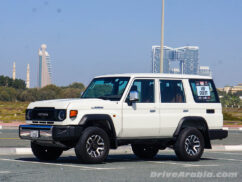
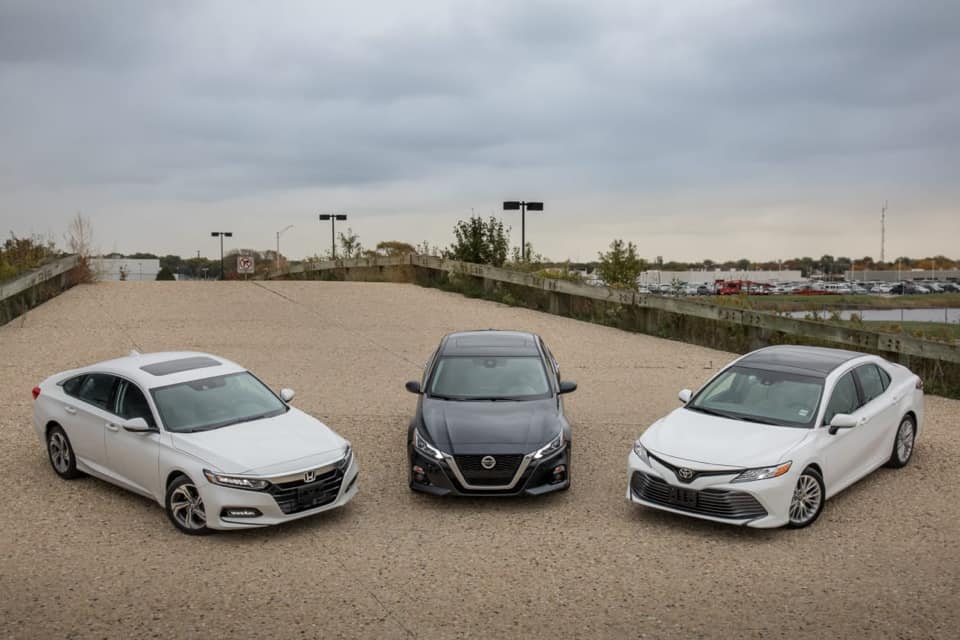
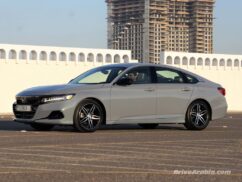
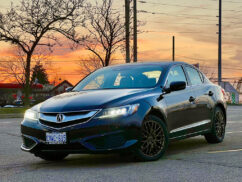
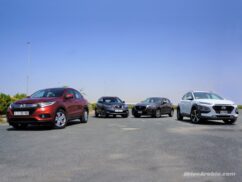
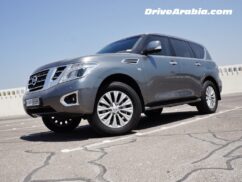
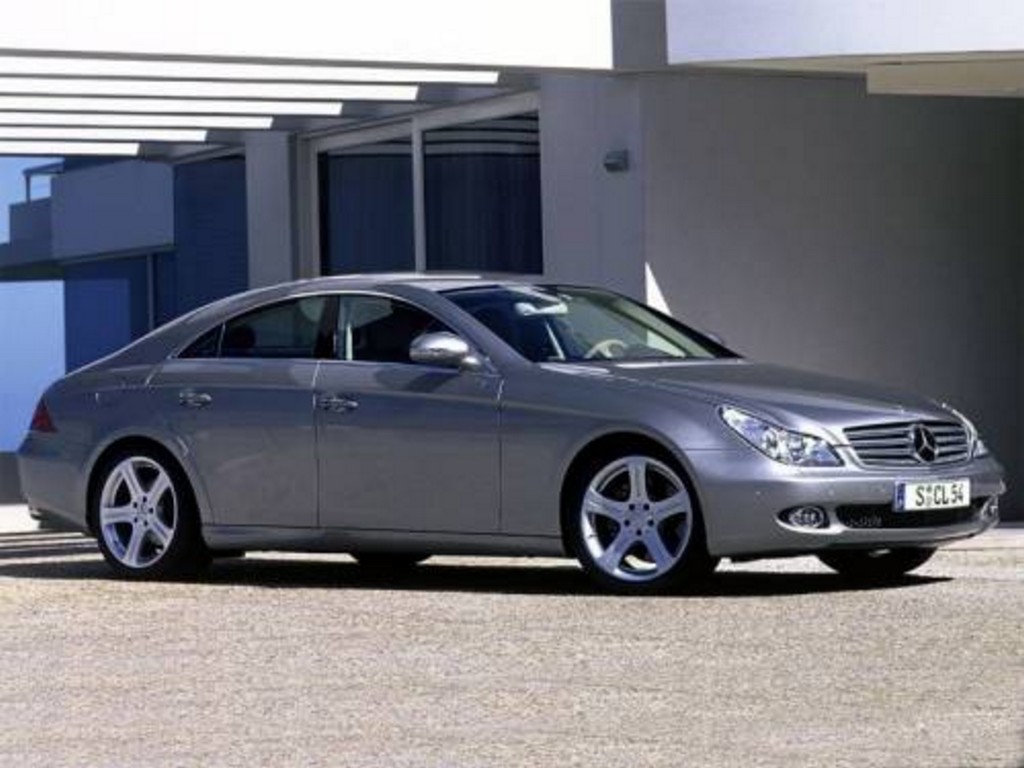
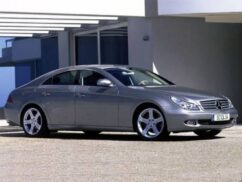
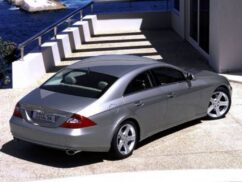
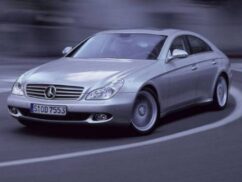
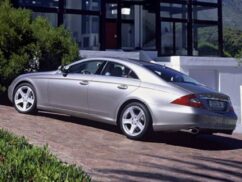
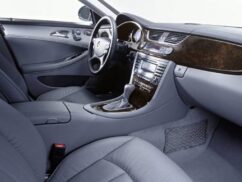
Comments
Osama Tahir
Hi guys,
I am getting a good deal on this model 2006 CLS 63 amg, now I want to know does it have reliability issues and is the maintenance cost too high?
Eagerly waiting for your reply ! 🙂
Mashfique Hussain Chowdhury
Yes.
Mohammad kashif
I have purchased 2006 CLS 500, it feels more powerful than my GMC Yukon Denali 6.2 (may be because of the weight and size of GMC). But i am confused which driving mode is the best for getting a long lasting “air suspension and gearbox”. Can anyone help ?